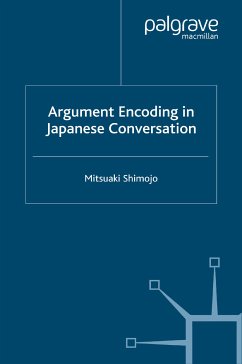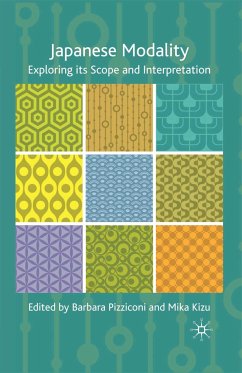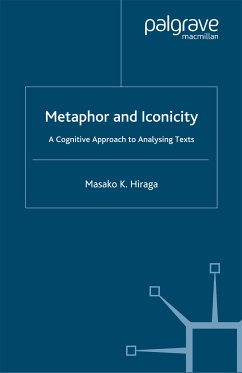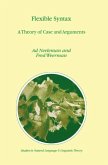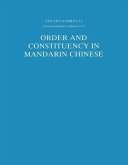Japanese is well known for its array of argument encoding types - but how is speakers' choice of encoding types to be described? This book investigates the encoding of subject and direct object in conversational Japanese and attempts to explain Japanese argument encoding as a unified system. Qualitative and quantitative analyses of a bank of conversation are provided, with the emphasis on speakers' use of the encoding types rather than their acceptability for given arguments.
Dieser Download kann aus rechtlichen Gründen nur mit Rechnungsadresse in A, B, BG, CY, CZ, D, DK, EW, E, FIN, F, GR, HR, H, IRL, I, LT, L, LR, M, NL, PL, P, R, S, SLO, SK ausgeliefert werden.

